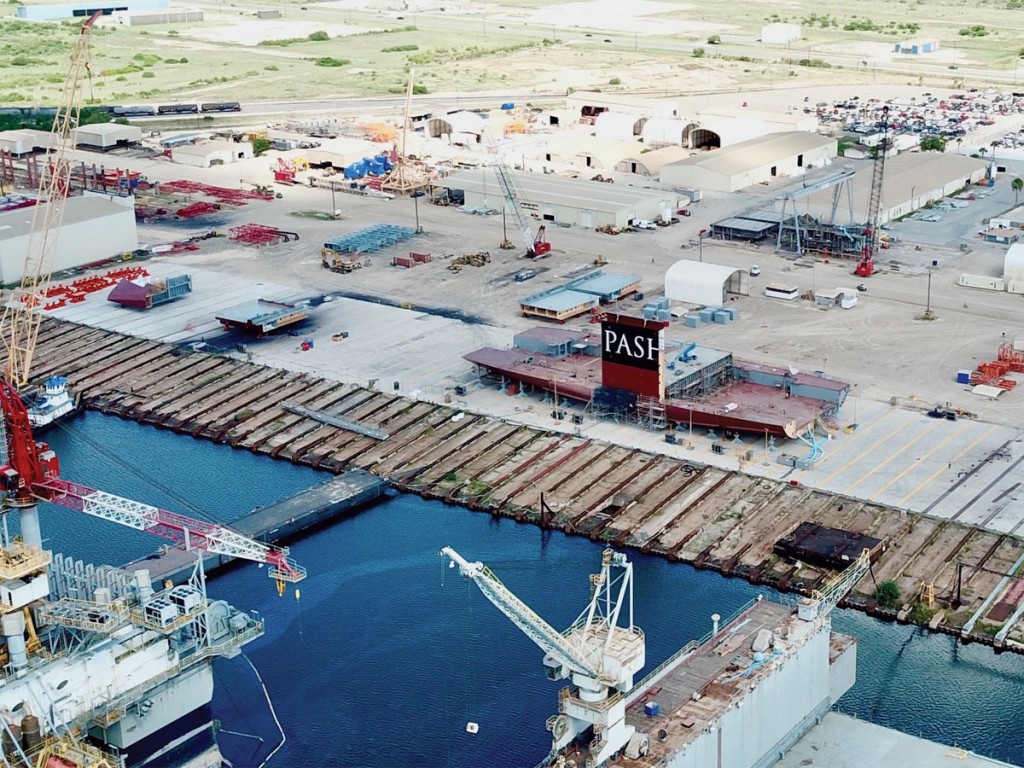The first U.S.-flag installation vessel is under construction. Until its completion in 2023, there are workarounds.
There are twelve wind-turbine installation vessels available worldwide, and none of them fly the United States flag. That could leave the U.S. offshore wind energy industry afoul of the Jones Act, which requires that U.S.-flagged vessels transport merchandise between two U.S. points, including undersea areas on the outer continental shelf.

It’s generally recognized that installation activities alone don’t count as transportation under the Jones Act. A recent Congressional measure incorporated in the National Defense Authorization Act—which declined to expand the Jones Act to cover construction at sea—underscores that point.
Dominion Energy, which is operating a 12-megawatt pilot project 27 miles off the coast of Virginia Beach, is investing $500 million in the first Jones Act-compliant offshore wind-turbine installation vessel, currently being constructed by Keppel AmFELS at its Brownsville, Texas, shipyard. In December 2020, Dominion announced the keel laying for the vessel, a major milestone.
The vessel, said Robert Blue, Dominion Energy’s president and chief executive officer, “will provide the capacity to handle the next generation of large-scale turbine technologies” of 12 megawatts and larger. “This will better enable the offshore wind industry to bring clean renewable energy to customers in the U.S.”

The vessel, which will enter service in 2023, is expected to be instrumental in the expansion of the current Virginia pilot into a 2.6-gigawatt commercial project once the Bureau of Ocean Energy Management (BOEM) gives its final approval. The Richmond-based Dominion has already filed a construction and operations plan for the full-scale project, the largest planned offshore wind farm in the country, with BOEM. Dominion Energy expects the vessel to be utilized further in the installation of over five gigawatts of offshore wind generation off the East Coast of the U.S. through 2027.
Until the installation vessel is commissioned, U.S.-flagged feeder vessels will transport the wind energy components to a foreign installation vessel. Foreign installation vessels will transit from turbine to turbine to perform construction activities without violating the Jones Act.
Vineyard Wind, which is developing an 84-turbine project offshore Massachusetts, is taking a slightly different approach towards Jones Act compliance. Foundations and offshore substations for the project, manufactured in Europe, will not be landing in any U.S. port, according to the company’s deputy CEO, Alan Hannah. Instead, they will be transferred across the Atlantic directly to the offshore site, where they will be lifted from the transportation vessel and onto an installation barge.
Turbines, towers, and nacelles will be delivered to a New Bedford, Massachusetts, staging area for preparation, after which U.S.-flagged jack-up vessels will deliver them to two foreign installation vessels offshore.



